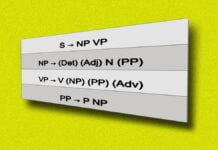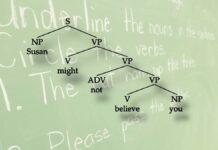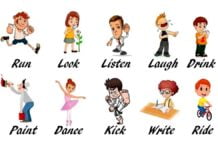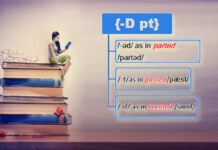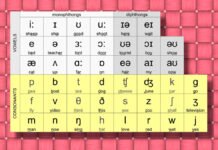Reading may be defined as receiving meaning from the written form. It is the ability to interpret linguistic sounds in their graphic and symbolic representation. According to Goodman, “Reading is a psycholinguistic game”. Gibson says, “Reading behaviour is receiving communication, making discriminative responses to graphic symbols and decoding graphic symbols to speech”.
The reading process is a complex cognitive activity that involves the interaction of various mental functions to decode and comprehend written text. It involves several stages, each crucial for effectively understanding and interpreting written text.
Pre-reading
Pre-reading involves mentally preparing yourself before diving into the text. To understand the content, skim through headings, subheadings, and any introductory paragraphs. Consider what you already know about the topic and what you hope to learn.
Previewing
Take a quick look at the text’s structure. Look for bolded words, italicised phrases, bullet points, or any other formatting indicating important points or sections.
Decoding
Decoding is the foundational step where readers recognise written words by correlating letters and sounds (grapheme-phoneme correspondence). For skilled readers, this process is usually automatic.
Lexical Access
Upon decoding, readers access their mental lexicon (vocabulary knowledge) to understand the meaning of the words.
Sentence Processing
Comprehension at the sentence level involves understanding the grammatical structure and the relationships between words in a sentence to extract meaning.
Text Integration
Readers must go beyond individual words and sentences to integrate information into a coherent whole. This includes understanding the text structure, themes, and the author’s intentions.
Inferencing
Readers often make inferences to fill gaps in the text, drawing upon their prior knowledge and the context provided by the text.
Mental Model Construction
A reader constructs a mental representation or ‘schema’ of what is being read, which helps to understand and remember the content.
Active Reading
Active reading is where the real engagement happens. Read the text carefully, actively processing the information. Use strategies like highlighting or underlining key points, jotting down notes, asking questions, and making connections to your prior knowledge or experiences.
Reflecting
Pause periodically to reflect on what you’ve read. Summarise key points in your own words, consider how the information fits into the larger context, and think critically about the author’s arguments or perspectives.
Reviewing
Once you’ve finished reading, take some time to review the material. Look back over your notes and highlights, clarify any unclear points, and consider how the new information relates to what you already know.
Critical Analysis
Critical analysis involves evaluating the text more deeply. One should consider the author’s purpose, perspective, and potential biases. One should also assess the evidence provided and think critically about the arguments presented.
Synthesis
Readers may synthesise information from the text with other texts or knowledge, creating new understanding or insights.
Metacognition
Throughout the reading process, skilled readers know their comprehension and employ strategies to fix misunderstandings, such as rereading or looking up unfamiliar terms.
It’s important to stay engaged and actively involved with the text in the reading process. Effective reading is absorbing information passively and actively engaging with and critically evaluating the text. Research also suggests that reading involves various neural activities, including vision, attention, memory, and comprehension processing.
















